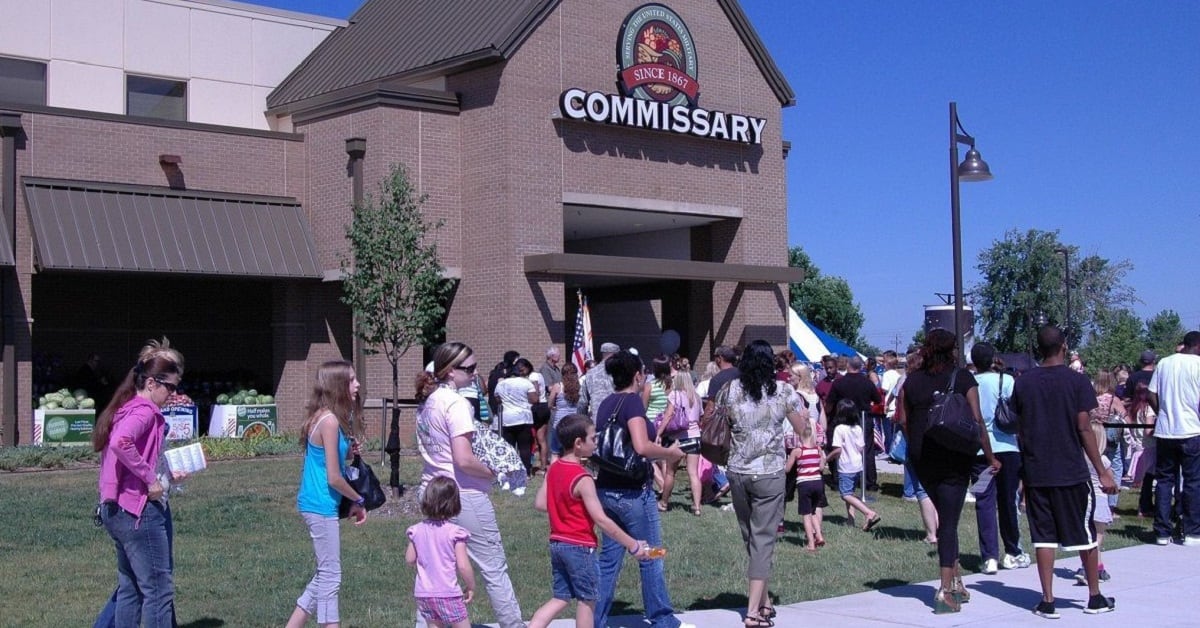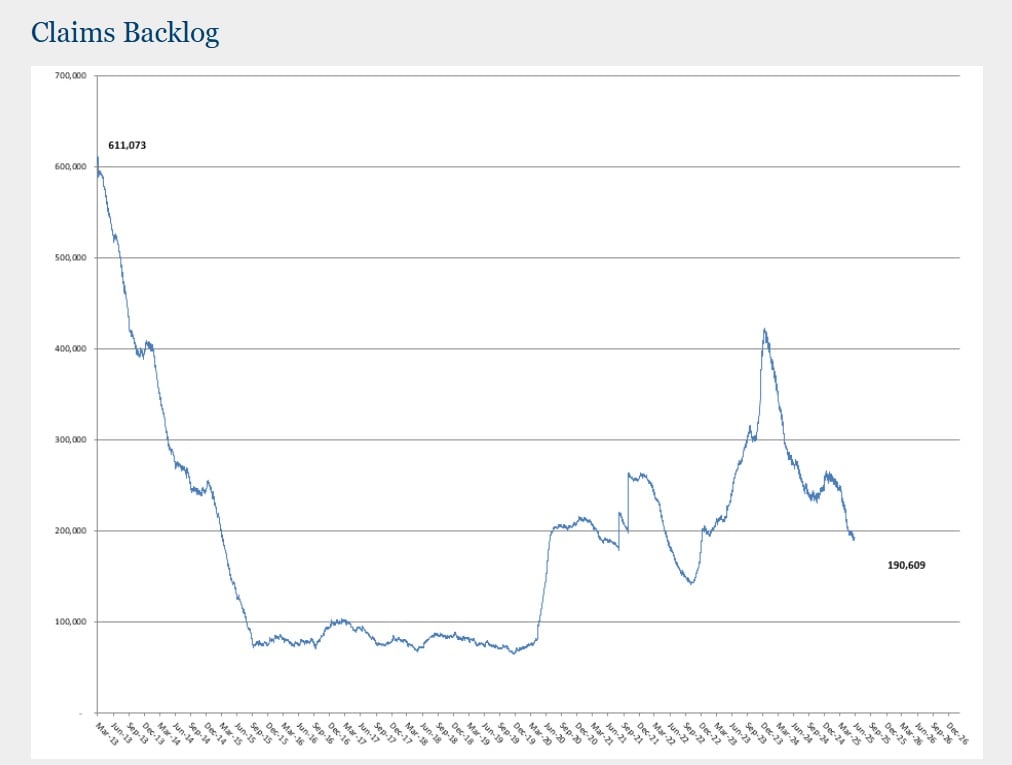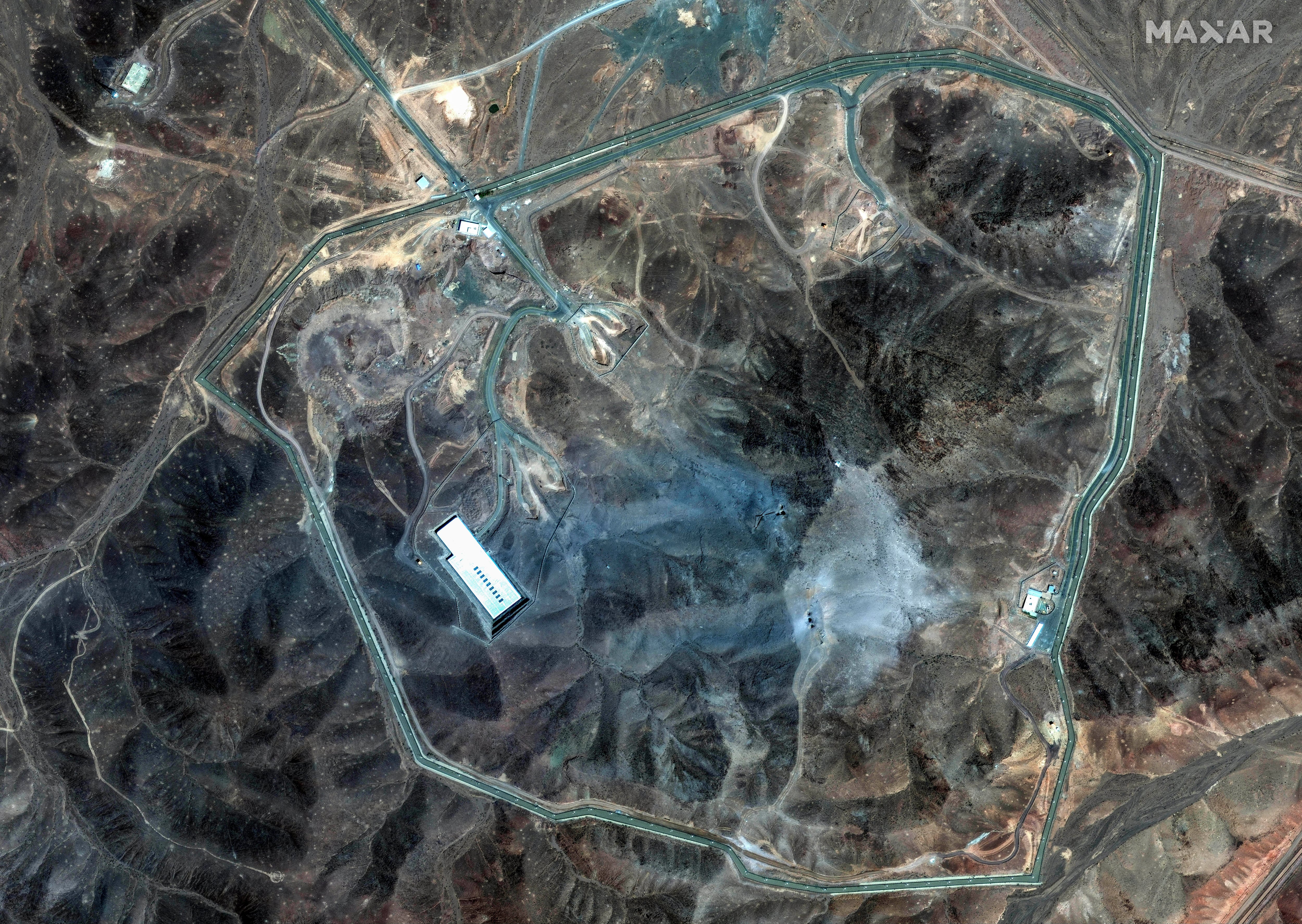It’s the biggest increase in eligible customers for decades, and some have wondered how this will affect their long-time military shopping benefits.
But defense officials, commissary and exchange and morale, welfare and recreation officials have been preparing for the influx of newly eligible customers for months to ensure that shelves are well-stocked. They’re also keeping an eye on staffing in stores, knowing that, especially in some places, they will be stocking the shelves much more frequently; and they may need to add some cashiers.
While no one has a crystal ball to predict what these shoppers will buy and how much, there are some items that officials believe will be popular among these new veteran and veteran caregiver shoppers. One example is meat, because commissaries have generally very good pricing on meats, said Robert Bianchi, the Defense Department’s special assistant for commissary operations. The retired Navy rear admiral is also the long-time chief executive officer of the Navy Exchange Service Command.
Defense Commissary Agency officials have been ramping up orders from vendors in certain geographic areas where they expect to see higher numbers of the new shoppers, such as San Diego, San Antonio and Hawaii. Preliminary data indicates that the Pearl Harbor store, several stores in California, and the store at Fort Sam Houston, Texas, are among those seeing increased traffic. Members of the industry supplying the stores have also been very supportive, he said, and commissary and exchange officials have shared information about possible areas of high volume with them.
The new benefits were authorized by law for all veterans with VA service-connected disability ratings; Purple Heart recipients; veterans who are former prisoners of war; and primary family caregivers of eligible veterans under the VA caregiver program. Previously those with a 100 percent service-connected disability rating, and Medal of Honor recipients were allowed the benefits. According to the Purple Heart and Disabled Veterans Equal Access Act of 2018, these populations are now entitled to access to commissaries, exchanges and certain morale, welfare and recreation facilities on the same basis as military retirees.
It applies to Coast Guard installations as well as Army, Navy, Air Force and Marine Corps installations.
RELATED

The new law adds an estimated 4.1 million new potential customers, but not all of those people will necessarily flock to the stores. DoD’s analysis has shown that there are about 800,000 to 1.5 million of this new population who are within a 30-mile radius of a commissary, Bianchi said. Those within that radius may be more likely to drive to shop at those stores.
Officials have used information from the Defense Enrollment Eligibility Reporting System, or DEERS, the Department of Veterans Affairs and the Census Bureau to identify potential high volume locations based on local populations of veterans and the cost of living in the area. For example, in Pearl Harbor, Hawaii, the commissary prices are between 33 to 35 percent lower overall than commercial grocers outside the gate, Bianchi said.
With all the preparation and predictions about numbers and shopping habits, that’s not to say that everything is going to be perfect, said Bianchi. "This is a huge sea change for us.
“I would ask folks to be patient with us if we do have those situations. Certainly front and center in all of our minds is to address those situations and resolve them quickly,” he said.
“The good thing is that with the supply chain cycle being fairly quick, especially in our larger stores, we’re getting deliveries almost every day. So I think our ability to recover… we should be able to react to this fairly quickly. I don’t think we’re going to see barren shelves with stock out for lengthy periods of time,” Bianchi said. And just as they do during the holidays, they’ll adjust their staffing and inventory as the demand dictates, he said.
Army and Air Force exchanges have made adjustments in multiple categories in anticipation of the new customer base, said spokesman Chris Ward. The inventory management team is closely monitoring customer demand to make quick adjustments as needed, he said.
Navy Exchange officials have also ramped up some of the areas of products where they think there will be the most interest, Bianchi said, such as Navy ball caps, shirts, coffee mugs and other items with ship emblems. Marine Corps exchanges are also expecting Marine Corps memorabilia merchandise will be popular with these new customers, said spokesman Bryan Driver. They’re also expecting electronics will be a “hot product.”
Officials expect that alcohol will be a popular item among the new shoppers, as pricing is generally good on libations, Bianchi said. The new customers are allowed to purchase anything in the stores, to include alcohol and tobacco, although there have already been some instances where these customers aren’t allowed to buy those items.
Other items expected to be popular among the new customers are cosmetics, handbags and jewelry, Bianchi said. In some cases prices might be 40 percent or more cheaper than what exchange customers find in civilian stores for name brand handbags or some of the designer cosmetics, he said.
“We’re excited about this, we’re ready, and we’re anxious to welcome these heroes back to the bases and back into our stores,” Bianchi said.
Karen has covered military families, quality of life and consumer issues for Military Times for more than 30 years, and is co-author of a chapter on media coverage of military families in the book "A Battle Plan for Supporting Military Families." She previously worked for newspapers in Guam, Norfolk, Jacksonville, Fla., and Athens, Ga.




